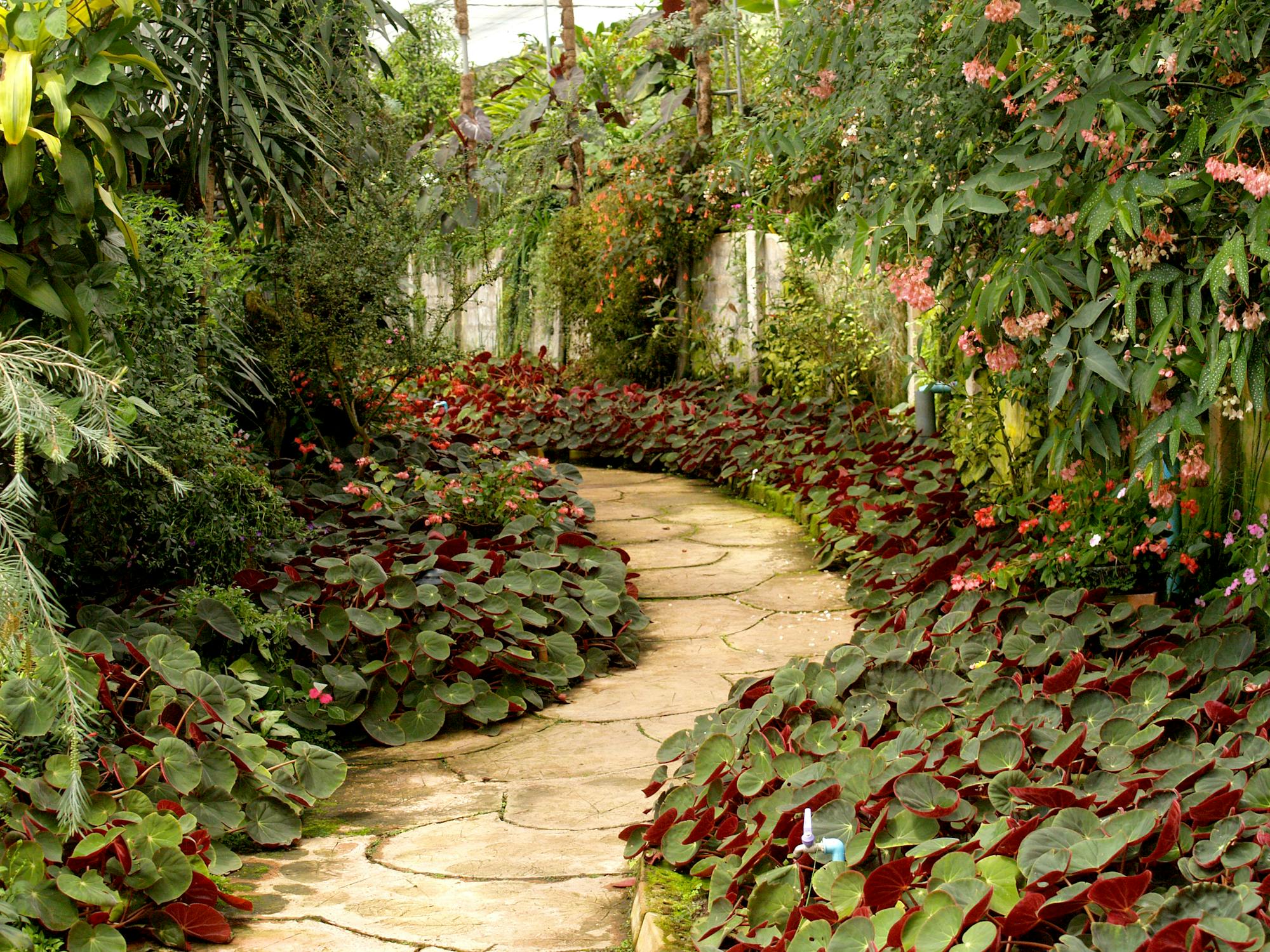Start a Thriving Permaculture Garden, Your Step-by-Step Guide

How to Start a Thriving Permaculture Garden: Your Step-by-Step Guide
Permaculture is more than just gardening; it's a design system for creating sustainable, self-maintaining ecosystems. If you're ready to dive into the world of permaculture, this guide is for you.
Understanding Permaculture Principles
Permaculture is based on three ethics: care for the earth, care for people, and fair share. It involves designing landscapes that mimic natural ecosystems, reducing waste, and creating abundance.
The Benefits of Permaculture Gardening
Permaculture gardens are not only beautiful but also productive. They provide food, support wildlife, and help conserve resources.
Getting Started: Garden Planning
Before you start digging, take time to observe your site. Consider factors like sunlight, wind, and water flow. Sketch a map of your garden and start planning your design.
Designing Your Edible Landscape
Permaculture gardens are all about function and beauty. Incorporate a variety of edible plants, from fruits and vegetables to herbs and nuts.
The Role of Composting in Permaculture
Composting is essential in permaculture. It recycles organic waste, improves soil health, and reduces the need for chemical fertilizers.
Creating Zones in Your Permaculture Garden
Permaculture gardens are typically divided into zones based on the frequency of use. Zone 1 is the most used area, usually near your home, while Zone 5 is the least used, often a wild area.
Choosing the Right Plants
Choose plants that are well-suited to your climate and soil. Consider plants that provide multiple benefits, like nitrogen-fixing legumes or plants that attract beneficial insects.
Water Management in Permaculture
Permaculture aims to conserve water and reduce runoff. Techniques include swales, rain gardens, and mulching.
Building Healthy Soil
Healthy soil is the foundation of a thriving permaculture garden. Use techniques like sheet mulching, green manures, and cover crops to improve soil health.
Managing Pests and Diseases Naturally
Permaculture gardens rely on natural methods to manage pests and diseases. This includes companion planting, beneficial insects, and organic pest control.
Harvesting and Preserving Your Bounty
Harvesting at the right time ensures the best flavor and nutrition. Learn about preserving methods like canning, freezing, and dehydrating to extend the life of your harvest.
Continuous Learning and Observation
Permaculture is a journey, not a destination. Continually observe your garden, learn from your mistakes, and make adjustments as needed.
Resources for Further Learning
Want to dive deeper into permaculture? Check out this comprehensive resource from Permaculture Association UK.
Conclusion
Starting a permaculture garden is a rewarding journey towards sustainable living. With careful planning, observation, and a bit of patience, you can create a thriving ecosystem right in your backyard.
FAQs
-
What is the first step in starting a permaculture garden? The first step is to observe your site and create a map of your garden.
-
Why is composting important in permaculture? Composting improves soil health, reduces waste, and conserves resources.
-
How do I manage pests in a permaculture garden? Permaculture gardens rely on natural methods like companion planting and beneficial insects.
-
What are zones in permaculture gardening? Zones in permaculture refer to areas in your garden based on the frequency of use.
-
Where can I learn more about permaculture? You can learn more about permaculture from the Permaculture Association UK.
0 Response to " Start a Thriving Permaculture Garden, Your Step-by-Step Guide"
Post a Comment